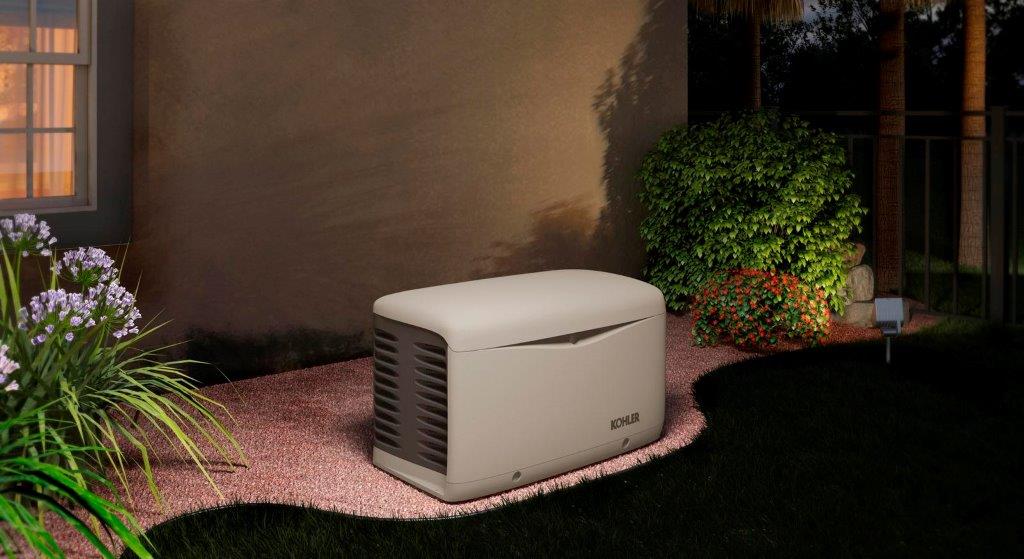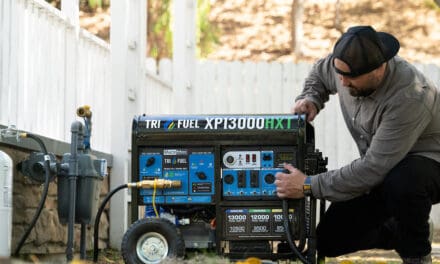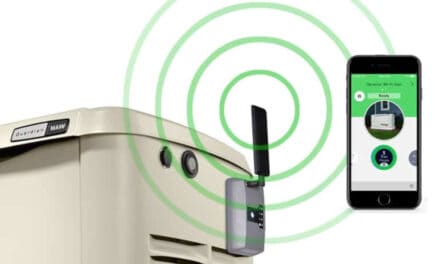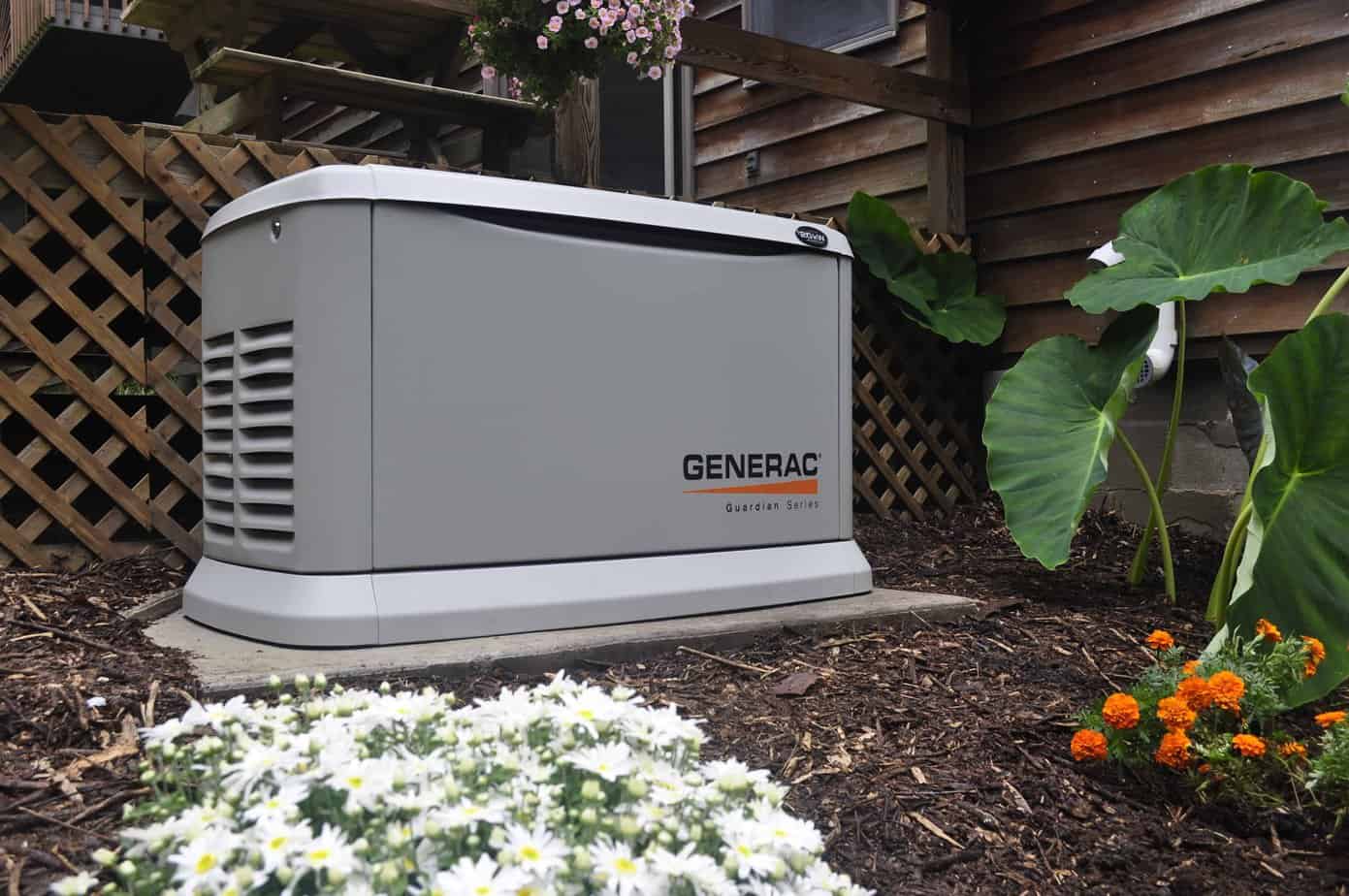A necessary part of any electrical system is the ground―a path without resistance to the earth in most systems, such as that found in your home. The ground protects people from harmful or even fatal shocks and it protects buildings from fire caused by overheated wires.
If a person becomes the easiest path back to earth, electricity will travel through the person and possibly cause injury or electrocution. If a hot wire becomes shorted, electricity will travel through the ground and if the current is high enough to cause the wires to overheat and start a fire, the circuit breaker will trip before a fire starts.
Portable generators must be grounded in order to provide the same protection, and how grounding is accomplished depends on how the generator is used and connected.
Neutral and Ground Conductors
Most outlets in a home are supplied by one hot wire, one neutral wire, and one ground conductor. Electricity travels to the outlet through the hot wire, powers a device and flows back to the main panel through the neutral wire. The ground provides an additional, emergency path back to the panel.
In the main panel, or at the service disconnect switch in some homes, the neutral and ground wires are connected (bonded) to the grounding electrode. Neutral wires are often called the grounded conductor for this reason. The grounding electrode connects (bonds) the ground and neutral wires to the earth through metal water pipes and copper rods driven into the earth.
Neutral and ground are only bonded at the point where electricity enters the home, never anywhere else.
Generator Grounds
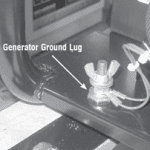
Generator Ground Lug
If your portable generator has appliance outlets, those outlets provide a ground. The outlet neutral and ground terminals are usually bonded to the generator frame. In this case, when you plug your refrigerator, a few lights and any other appliance into the generator outlets, the generator supplies the ground and keeps the appliances safe. Electricity is able to return to its source, which is the generator, even if there is a short.
Larger portable generators may connect directly to the home’s electrical system though a manual transfer switch via a heavy-duty cord. This type of connection is ideal, but if the generator bonds the neutral and ground wires and plugs into a switched-neutral transfer switch, the generator’s main GFCI breaker will trip continuously because the load won’t remain balanced, so the bond between neutral and ground is removed.
Switched-neutral transfer switches allow easier wiring of AFCI and GFCI circuit breakers, but when the generator neutral and grounds are not bonded, the connection does not meet National Electrical Code. A ground rod driven into the earth and connected to the generator frame is required, and the neutral and ground must bond in the transfer switch or exterior disconnect switch (check local building codes).
Generator Internal Wiring
There are no industry standards that govern whether or not a generator’s neutral and ground are bonded together. As a rule of thumb, if the generator has outlets for appliances, the generator ground and neutral are probably bonded, but check the owner’s manual or with the manufacturer directly.
Portable generators used on job sites have the neutral and ground bonded in order to meet OSHA regulations. When connected to a switched-neutral transfer switch, the generator’s neutral-ground bond will have to be removed, which then requires the addition of a grounding electrode and a bond at the transfer switch.
Understand how your portable generator is wired and how it connects to your home’s electrical system so that when the need for emergency power arises, your family and home are safe from shock and fire hazards, and your generator is ready to use without trouble.


